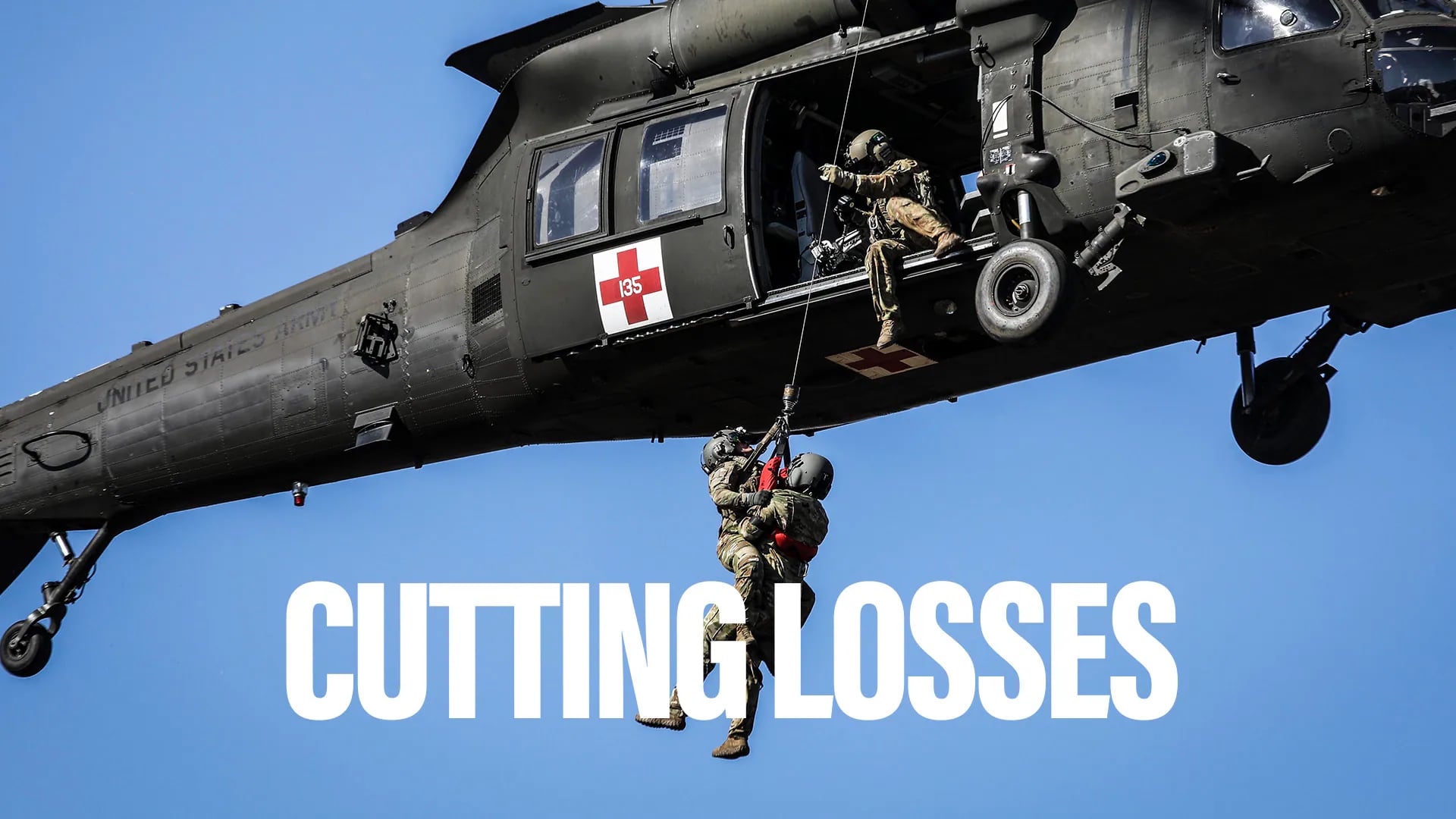Air superiority is fundamental to victory in modern conflict. The world is seeing this quite starkly in Ukraine, for example, where the Russians have struggled to advance largely because they cannot control the skies.
Ukraine’s layered air defense system makes its airspace a highly lethal environment for 4th-generation aircraft like the Su-25 and Su-34.
When I was NATO Supreme Allied Commander in Europe, NATO air power comprised primarily Western 4th-generation aircraft, such as F-15s, Typhoons, and Rafales, albeit with some 5th-generation F-22s. The F-35, by and large, came onto the scene in 2016.
The technological edge, or “overmatch,” which NATO had always relied upon to establish air superiority had eroded over the years because of advances in Russian anti-air defenses. The S-400, for example, could track and kill 4th-generation fighters with large radar signatures at ranges in the hundreds of miles.
I’m both relieved and heartened that today we are watching NATO airpower undergo a transformation that is restoring allied overmatch, thanks to the F-35.
The 5th-generation F-35 is a true game changer in the European theater – a phenomenon that has been remarkable to witness, particularly in the last 18 months.
In January of 2022, the first American F-35s arrived at Royal Air Force Lakenheath in the United Kingdom. In the following months, we saw American, British, Dutch and Italian F-35s participate in NATO exercises in the Baltic and Mediterranean seas.
The Baltic states, Poland and Romania – all front-line NATO members – have been greatly reassured by the NATO F-35s conducting operations in and around their airspace. American, British, and Norwegian F-35s have also been training in the Arctic.
When F-35s arrived at Germany’s Spangdahlem Air Base in February 2022, their mission was to collect data on surface-to-air missiles and aircraft across Eastern Europe and deter Russia.
The F-35 excelled in that role because of the aircraft’s unmatched combination of stealth, advanced sensors, and weapons systems.
Its stealth makes it difficult for Russian radar to detect, while its advanced sensors and weapons systems enable it to engage targets at long ranges. The F-35 is also a highly survivable aircraft, due to its advanced avionics and self-defense systems.
In addition to its deterrent value, the F-35 improves interoperability among U.S. allies and partners. The F-35 is compatible with a wide range of allied systems and its use in joint operations helps to bring allied militaries closer together. This interoperability is essential for NATO as it allows the alliance to operate more effectively and efficiently.
And that interoperability is growing as more and more F-35s join NATO countries’ air forces. For example, Poland’s Prime Minister Mateusz Morawiecki recently toured an assembly line in Georgia, where the components of Poland’s first F-35s are being assembled.
Belgium and Denmark will receive their first F-35s later this year, joining Italy, the Netherlands, Norway, and the United Kingdom. In the past 18 months, several other NATO countries have selected the F-35, including Canada, Finland and Germany. Many others, including the Czech Republic, Greece and Romania, have expressed a strong interest in the F-35, making it the true “freedom fighter” for NATO.
Despite all these votes of confidence by our NATO allies, we aren’t throttling up F-35 orders the way we should here at home. America needs as many F-35s as we can field, as fast as we can.
The F-35 is one of the few platforms America can produce at scale today to provide significant deterrent effects today, and well into the future with continuous modernization.
Congress and the administration must maximize F-35 production to ensure NATO has the capabilities it needs to defend its members and deter aggression. We must ensure that America and its allies overmatch our adversaries in the sky today, tomorrow, and for decades to come. The choice is ours.
Retired U.S. Air Force Gen. Philip Breedlove served as NATO’s 17th supreme allied commander Europe (2013-2016), commanded U.S. European Command, and served as the 32nd vice chief of staff of the Air Force.








